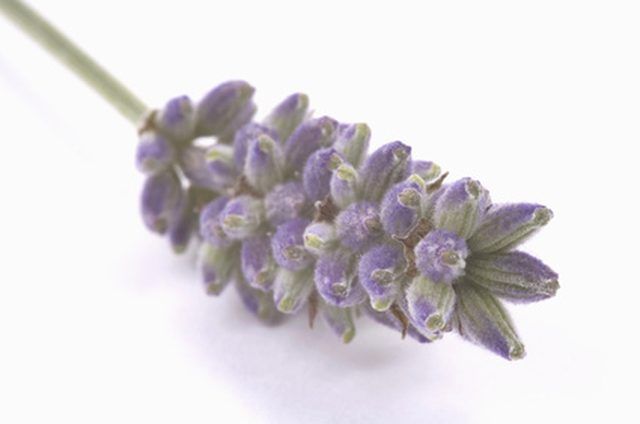Bulbs
Flower Basics
Flower Beds & Specialty Gardens
Flower Garden
Garden Furniture
Garden Gnomes
Garden Seeds
Garden Sheds
Garden Statues
Garden Tools & Supplies
Gardening Basics
Green & Organic
Groundcovers & Vines
Growing Annuals
Growing Basil
Growing Beans
Growing Berries
Growing Blueberries
Growing Cactus
Growing Corn
Growing Cotton
Growing Edibles
Growing Flowers
Growing Garlic
Growing Grapes
Growing Grass
Growing Herbs
Growing Jasmine
Growing Mint
Growing Mushrooms
Orchids
Growing Peanuts
Growing Perennials
Growing Plants
Growing Rosemary
Growing Roses
Growing Strawberries
Growing Sunflowers
Growing Thyme
Growing Tomatoes
Growing Tulips
Growing Vegetables
Herb Basics
Herb Garden
Indoor Growing
Landscaping Basics
Landscaping Patios
Landscaping Plants
Landscaping Shrubs
Landscaping Trees
Landscaping Walks & Pathways
Lawn Basics
Lawn Maintenance
Lawn Mowers
Lawn Ornaments
Lawn Planting
Lawn Tools
Outdoor Growing
Overall Landscape Planning
Pests, Weeds & Problems
Plant Basics
Rock Garden
Rose Garden
Shrubs
Soil
Specialty Gardens
Trees
Vegetable Garden
Yard Maintenance
How to Preserve Lavender Fragrances After Picking
How to Preserve Lavender Fragrances After Picking. Few plants are more scent-sational than lavender, an herb that has perfumed our homes and bodies for more than 2,000 years. If you're a lavender fan, you'll want to bring its fresh, clean, floral scent inside to enjoy long after the blooms in your garden have faded. You can grow, harvest and store...

Few plants are more scent-sational than lavender, an herb that has perfumed our homes and bodies for more than 2,000 years. If you're a lavender fan, you'll want to bring its fresh, clean, floral scent inside to enjoy long after the blooms in your garden have faded. You can grow, harvest and store your lavender to extend its fragrance after picking.
Things You'll Need
Garden shears or scissors
String or twine
Large paper bags (optional)
Airtight container (optional)
Lavender essential oil (optional)
Plant those varieties of lavender reputed to be the most fragrant, like English lavender (L. Angustifolia) and Spanish lavender (Lavandula stoechas). If you live north of North Carolina and you want your lavender to survive the winter, go for the hardier English lavender cultivars and always plant lavender in a sunny location in well-drained soil. If you don't mind replanting your lavender each year or can bring your lavender inside for the winter, you can experiment with the more tender Spanish lavender.
Cut the plants after most of the flowers have opened but before they start to fade. Make your cut where the stem meets the leaves.
Pick lavender under the right conditions. Choose a cool, sunny morning, since lavender scent weakens as temperatures increase. Avoid harvesting after a rainy spell, when dew is still on the plants or when rain is falling; some of the components of lavender scent are water-soluble and will leave the plant when it's wet.
Hang your harvested lavender upside down in a warm, dry spot with lots of air circulation, and check it every few days to ensure no mold develops. While this may not impact the longevity of the lavender scent, it will help you get the maximum benefit from your harvest. The Heart of Virginia Master Gardeners recommend drying lavender in bundles that are placed in large brown paper bags and hung in a dry, airy place. Don't let the lavender touch the bag.
Keep your lavender away from direct sunlight to preserve its fragrance.
Store any leftover lavender in an airtight container for later use.
Refresh the scent of your lavender when needed. Crush the flowers to release the scent, or apply some lavender essential oil--which you can make yourself or purchase at a health food store--to the flowers to reawaken their fragrance.